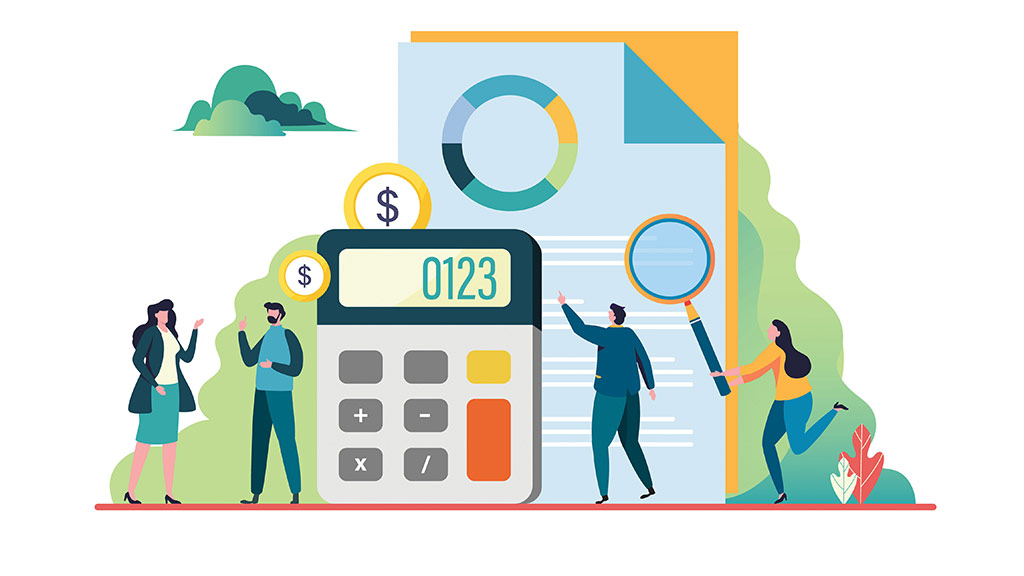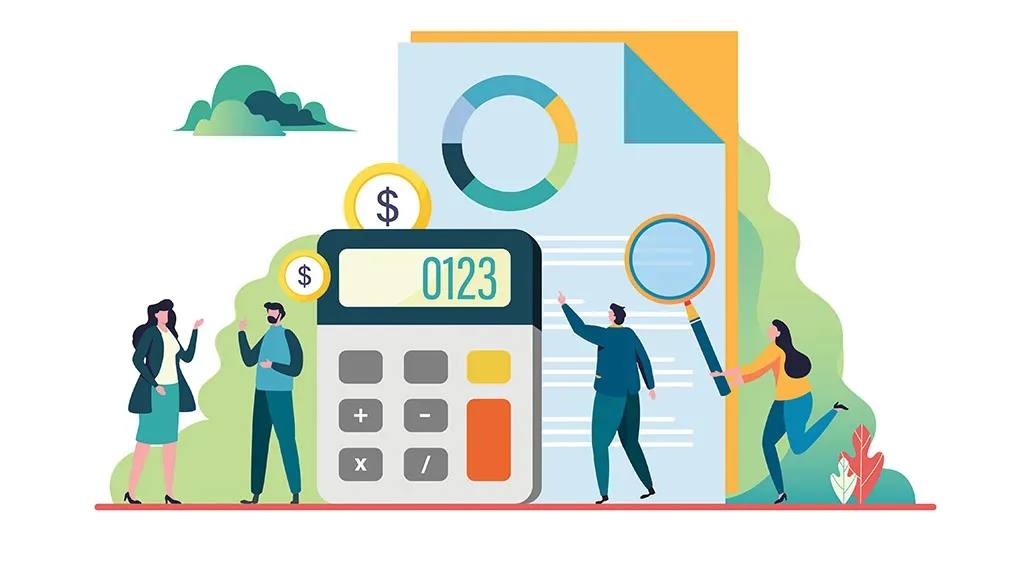
by TIFFANY TASKER, head of industry, toys, SuperAwesome
As the toy industry speeds into the holiday season, the entire world is experiencing a volatile economy: There’s the great technology revaluation, the crypto crash, and inflation, just to name a few of the many contributing factors. This perfect storm indicates hard times ahead and a likely reshuffling of plans and priorities for brands.
Planning for a decrease in sales and revenue — made worse by the glut of inventory from last year’s shipping nightmares — means that many companies are reevaluating their expenses. Advertising budgets, commonly viewed as a discretionary cost, are often the first to be cut.
So why should you fight for your brand’s marketing budget? Many studies have shown the impact and efficacy of advertising during declining economical conditions. One of the most well-known studies is McGraw Hill’s from 1980-85, conducted with 600 countries in 16 industries. The study found that post-recession, companies that continued to advertise during the two-year recession saw 256% higher sales than the companies that cut their recession-time advertising. When the recession was over, the companies that hadn’t advertised continued to see slower recovery and growth.
Of course, we live in a world that is very different from the ‘80s. Nowadays, kids visit physical stores less. Product discovery happens online in digital environments like Roblox, TikTok, and YouTube. Influencer recommendations carry weight and given that kids are using these social platforms as search engines, it’s important for brands to be there and in control of their on-platform messaging. Paid influencer activity is a key tool that brands should continue to invest in, despite the recession’s impacts.
Brands should also consider that they will have to compete with kids’ time in an increasingly digital world. According to SuperAwesome’s PopJam report from October-December 2021, in-game products and in-game currency overtook real-world products on kids’ gift wishlists last year.
The good news is that toy brands can utilize this change to drive more business. SuperAwesome’s latest report on how brands can connect with kids in the metaverse found that well-branded content does not disrupt digital experiences for young audiences — it enhances them. Branded game integrations have a halo effect for brands. 41% of 6-16-year-olds in the U.S. say that well-branded content experiences in one of their favorite games would make them enjoy the game more. If kids saw a brand doing something particularly cool in a game, 42% would remember the brand, 35% would ask their parents to buy them something from the brand, and 32% would themselves buy something from the brand.
Finally, parents’ desire to compensate for lost opportunities during the COVID-19 pandemic puts power into kids’ hands — and in a recession, this power dynamic is likely to continue. COVID-19 compensation changed family dynamics by giving kids the power to choose products and services from an early age. During the pandemic, parents were feeling guilty that their kids weren’t able to experience normal life and were more likely to align to their kids’ well-researched wishlists than ever before. In a recession, the motivation is different, but the behavior is the same. In an effort to save money and minimize wasteful spending, parents will consult their kids more than usual and stick to kid-approved purchases, especially on higher-ticket items. Thus, it’s extremely important to continue engaging kids on the platforms they frequent with kid-specific messaging.
But not all advertising is equal. Video continues to be the most effective and popular means of delivering a brand’s message. In this digital age, brands can tailor their message to the most relevant audiences on each platform. In a recession, working with partners who will help create assets and creatives that will resonate with audiences on each platform is paramount — and remember, multiplatform (over-the-top, YouTube, and in-app) is king. I advocate for using paid influencers more than using influencers as just a public relations strategy. If overall investment in advertising needs to decrease, each strategy must deliver more results than before. A paid strategy means that the brand will have full control over the narrative.
Finally, gaming activations on platforms such as Roblox shouldn’t be seen as just nice-to-have. The dominance of gaming — and the halo effect for brands when paired with a popular game — delivers a high impact on kids’ wishlists. As ever, authentic alignment matters. It’s important to work with partners who understand each platform, the brands, and how to execute COPPA-compliant campaigns when making your decision.
This article was originally published in the 2022 Innovation & STEM issue of The Toy Book. Click here to read the full issue! Want to receive The Toy Book in print? Click here for subscription options!


